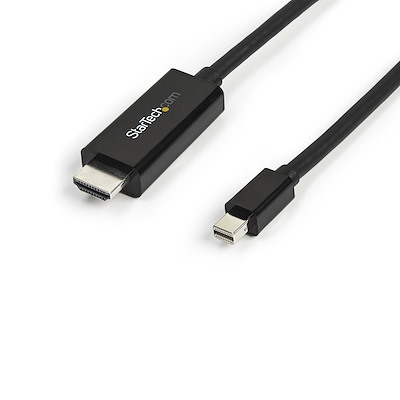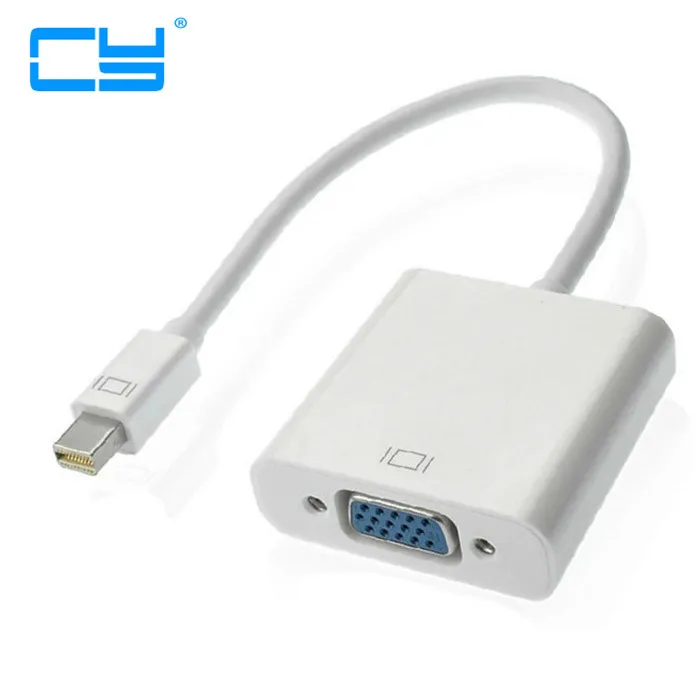
- #MAC USB CABLE FOR DISPLAT FULL#
- #MAC USB CABLE FOR DISPLAT PRO#
- #MAC USB CABLE FOR DISPLAT TV#
- #MAC USB CABLE FOR DISPLAT MAC#
Contrast this with earlier iterations of cable connectivity where you might have needed a Micro USB cable with a USB-A connector for transferring files off a hard drive or camera, an HDMI cable for connecting to a display port and a separate charger for your laptop. So with one port on your computer and the proper USB-C, you can charge your laptop, connect to a display, and transfer files at rapid speeds. USB-C can also be used for display functions like connecting your laptop to a monitor.

Two USB 3.0 ports are available for additional devices. On top of that, you can use USB-C ports and cables for display functions, replacing HDMI cables. A single mini Displayport connects an external monitor for better productivity. USB-C allows rapid power delivery to both mobile devices and laptops.
#MAC USB CABLE FOR DISPLAT MAC#
Connect your iPhone, iPad, or iPod touch to your Mac with a USB cable. The benefits of the USB-C standard don't stop at data transfer. Specifically, the timestamps on your photos. Using the proper USB-C Thunderbolt specced cable allows rapid data transfer to and from devices and your MacBook Pro.
#MAC USB CABLE FOR DISPLAT PRO#
The same display with a 2016 MacBook Pro touchbar works flawlessly using Big Sur. MacBook Pros, for example, use Thunderbolt 3 ports, which support up to 40Gbps connection with a proper USB-C cable. Connect your notebook with one USB-C cable. Under the hood, USB-C can support rapid transfer and charge speeds, depending on the protocol adopted by the device. The thinner profile has helped make device profiles slimmer and slimmer this is apparent in the form factor of the current Macbook Pro. But for modern Macs, you’ll need an adapter for USB-C, as well as the HDMI cable.īy the way, this article uses affiliate links to Amazon, which means we may get a small commission from purchases that help us to pay for the site upkeep.USB-C has many different advantages over previous USB Standards, perhaps the most obvious is its slimmer profile when compared to USB-A connectors. If you have an older MacBook Pro or MacBook Air that you want to connect to a TV, and the Mac has an HDMI port, you can simply connect an HDMI cable from the Mac to the TV. This is obviously aimed at modern Macs with USB-C ports. You can change the screen resolution in Apple menu > System Preferences > Display as usual.
#MAC USB CABLE FOR DISPLAT TV#
Whatever the route you go, once you connect the Mac to the TV, if the TV is 4k you may notice the 4k resolution is enormous, which can make the size of windows and text too small to be readable or usable. Whether or not that’s preferable to using something like USB-C and HDMI cables it up to you.
#MAC USB CABLE FOR DISPLAT FULL#
There are other options too, for example the Chromecast allows you to wirelessly transmit the Chrome browser to a TV, but it does not have the full features available as something like AirPlay. A downside is it costs a bit more to setup, since you’ll need either a new TV or an Apple TV set-top box to be able to use the feature. The main advantage to AirPlay is that it’s completely wireless, and quite seamless to use, allowing you to output an iPhone to the TV over AirPlay, or Mac to TV over AirPlay.

If you want to go wireless, you can use AirPlay.ĪirPlay is available if the TV either supports AirPlay natively like some modern LG TV’s, or if you have an Apple TV box connected to the TV, which you can AirPlay to that. How do you connect a Mac to a TV wirelessly? Apple replaced the DVI port from the MacBook, MacBook Air, MacBook Pro, iMac, Mac Mini, and the Mac Pro with the Mini DisplayPort. If you’re looking for a wireless solution, a good option for Macs is to use AirPlay. Of course the aforementioned solutions are a wired solution, meaning there will be a cable stretching from the Mac to the TV.

Once you have the proper cables, all you need to do is connect the the appropriate cable to the Mac, and then to the HDMI port on the TV.įor what it’s worth, there are plenty of other cable options available on Amazon but these are a few with good ratings and from reputable companies, like Anker and Apple.Īnd a quick sidenote though typically connecting a Mac to a TV is trouble-free, some M1 Mac users may experience flickering, white noise, and other display issues, which can usually be remedied by disconnecting and reconnecting, or using a different cable solution. You will need a USB-C adapter to be able to connect this from the Mac to the TV. HDMI braided cable for $20 carries both video and audio signal, and supports higher resolution video output which matters if you want to watch something like 4K video. The advantage to this is it will not require a separate HDMI cable, since it’s an all-in-one. USB-C to HDMI cable for $15 is not a dongle, but instead bridges USB-C directly to HDMI. Again, you will still need an HDMI cable.

Remember, you will still need an HDMI cable.Īpple USB-C Digital Multiport Adapter for $70 has HDMI, USB 3, and a USB-C port, which gives you a lot more options for other peripherals. Anker USB-C to HDMI adapter for $17 only has a single HDMI port, but if that’s all you need it’s good enough.


 0 kommentar(er)
0 kommentar(er)
